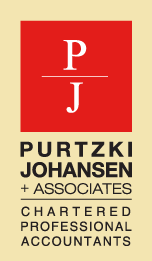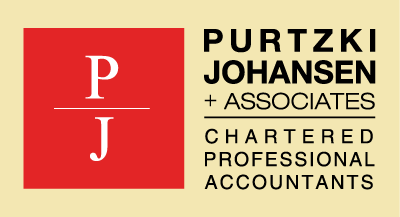
If you want to maximize the sales proceeds from your dental practice, there are a number of steps you should take well in advance of the actual sale date.
1. Ensure you Qualify for the Lifetime Capital Gains Exemption.
One of the first steps in properly planning to sell your practice is to secure the benefit of receiving the sales proceeds tax-free. You want to make sure the sale of shares qualifies for the Lifetime Capital Gains Exemption (LCGE). The LCGE for 2019 is up to $867,000 for each shareholder or beneficiary of a family trust.
2. Keep up your production.
Nothing decreases your practice value more than a trend of declining office billings. If the future profitability of the practice is in question, most prospective purchasers will look elsewhere or ask for a deep discount to compensate for the increased risk. The No. 1 advice of transition experts is: Don’t slow down and do not work fewer days.
3. Consider increasing fees.
Prepare a fee analysis and compare your fees to those charged by other offices in your community. If your fees are below average, consider increasing them. It is quite common that as dentists grow older, they are more reluctant to raise fees. But chances are your patients will accept the increase and by boosting income, you also increase the value of your practice. A new owner will be reluctant to increase fees immediately after purchase.
4. Lower overhead.
Overhead costs of more than 60 per cent of revenue are a deal breaker, as the purchaser will have insufficient income to cover living expenses and meet debt financing obligations. Therefore, controlling practice overhead is critical.
The lower the overhead, the higher the profit margin and ultimate sale price. It is important for dentists to measure current overhead against industry standards to determine problem areas. To do this, all dentists should produce a yearly practice budget that includes specific dollar amounts for each major overhead category. They should also track any personal or discretionary expenses to determine true practice profit. The key is to control staff costs, which comprise the largest expense of any practice.
5. Review the facility lease.
The ideal lease arrangement from a purchaser’s point of view is a 15 to 20- year lease term including lease renewals. If your lease is less than 15 years, obtain the consent of the landlord for additional renewal periods. Many leases have demolition clauses, which are a potential deal breaker. Typically, a landlord will not remove such a clause, but you can often get a commitment that the building will not be demolished for a specified number of years. Make sure that there is no impediment to assigning your lease to a prospective purchaser. Your personal lease guarantees should also be removed.



